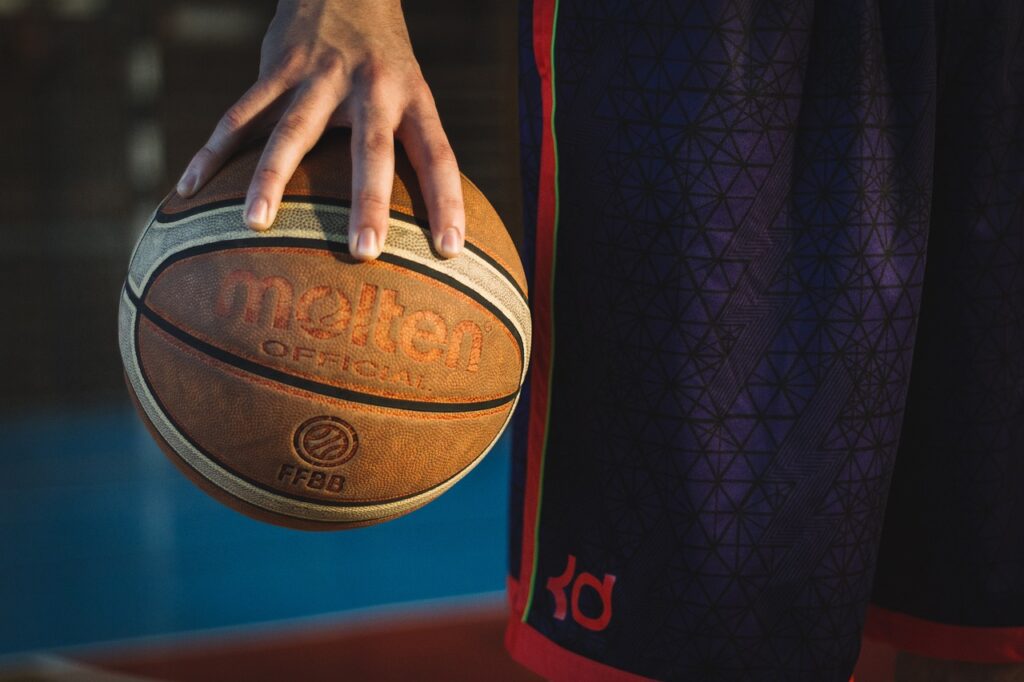Art Articles Artypaintgall: The Core of an Artistic Painting Gallery
1. Theme First, Walls Second
Pick a single theme—medium, era, subject, or question. “Abstract Surfaces, 1960–2020,” or “The Modern Landscape.” Curate with ruthless discipline. Every work must justify its spot. No “filler” or “let’s use up wall space.”
Structured curation multiplies both impact and sales.
2. Documentation and Catalog Discipline
Catalogue every piece—artist, year, medium, title, size, provenance, and image. Include process or technique notes—dry brush, glazing, palette knife, layering—for education and critique. Prevent drift: every gallery show logs before/after install, handling marks, and condition.
Art articles artypaintgall stress: Log and document as rigorously as you hang and light.
3. Hang With Purpose
Use a standardized center height—typically 58–62″—for eyelevel display. Sequence for narrative arc: bold or iconic pieces anchor entry, subtler or reflective works build rhythm for the viewer. Give every work breathing space; less is more.
Crowded shows signal weak editing, not generosity.
4. Lighting Matters—Not All Light Is Equal
LED, northlight, or true white bulbs—never yellow or direct sun. Check daily for burntout spots or glare; adjust angles to emphasize texture and brushwork. Paintings need rest, too; log light exposure for preservation.
Routine inspection beats afterthought fixes.
5. Labels and Wall Text
Simple, clear, 2–3 lines max: title, artist, year, medium, and one insight or question. Use QR codes or catalogues for more depth: collectors and students value context, but overload kills engagement.
Clarity, not overwhelm, multiplies retention.
6. Security, Conservation, and Presentation
Only display work that’s been audited and, if needed, conserved for the show’s length; no loose or unstable pieces. Climate control is discipline: temp and humidity logged; cleaning and dusting on a strict schedule.
Art articles artypaintgall insist galleries operate by checklist.
7. Audience Flow
Map entrances and most traveled paths; place stars at key junctions. Use benches or pause spaces for deep looking. Track footflow and engagement—where do people linger or skim?
Routine review leads to continual layout improvements.
8. Marketing and Digital Outreach
Exhibit launches must be planned for at least four weeks: press, email, social, invites. Highres digital preview available for target audience—routine, not just “on request.” Content from art articles artypaintgall: publish short Q&As, technical profiles, and artist “process” pieces before doors open.
Record every campaign—track, review, adjust.
9. Programming and Community
Host scheduled tours, live critiques, and studio/lab demonstrations if possible. Students, emerging artists, and critics invited as part of a routine feedback and education program. Record Q&A, artist talks, panel debates—log and share via web or newsletter.
Galleries that educate win long after a single show ends.
10. Sales, Storage, and FollowUp
Prelist all works for sale or loan with clear pricing, terms, and handling policies; commission structured and logged. After close, run a checklist for condition, packaging, and recordkeeping. Collect and file feedback, press, and buyer data for further outreach and analysis.
Routine in back office is as sharp as on the wall.
Types and Styles: Curating For Contemporary Impact
Abstract: Ask what the control or intention is—pure gesture, color field, or formal experiment. Impressionist and Landscape: Hang by light, season, or region; let color and brushwork drive the journey. Portrait and Figurative: Sequence for narrative; suggest story even in the absence of text. Modern/Minimal: High impact, low count—give these pieces extra room. MixedMedia and Install: Designate a zone, manage visitor interaction, document every movement.
Curate as a series, not a patchwork.
Pitfalls to Erase
Overly long wall texts, irrelevant catalogues, or poor photo documentation. Hanging by size or color if it breaks narrative sequence—routine beats random. Weak or absent climate and security monitoring; one slip erases years of value.
Refer to art articles artypaintgall for tested checklists and process logs.
Routine Gallery Audit
Preopen: inspect, lightcheck, security and log updates, clean. Daily: visitor log, traffic map, immediate response to damage/report. Weekly: digital content review and push. Postclose: full audit of art, space, and campaign data; team and artist debrief.
Conclusion
Artistic painting galleries thrive on process—edit, document, hang, engage, review, repeat. The best exhibitions and collections lean hard on structure and feedback. Tune every step with insight from art articles artypaintgall: quality curation, stubborn discipline, and relentless clarity. If you want your walls—and your audience or collection—to outlast all noise, routine is the true art form. Outedit, outreview, outlast. That’s the gallery difference.
